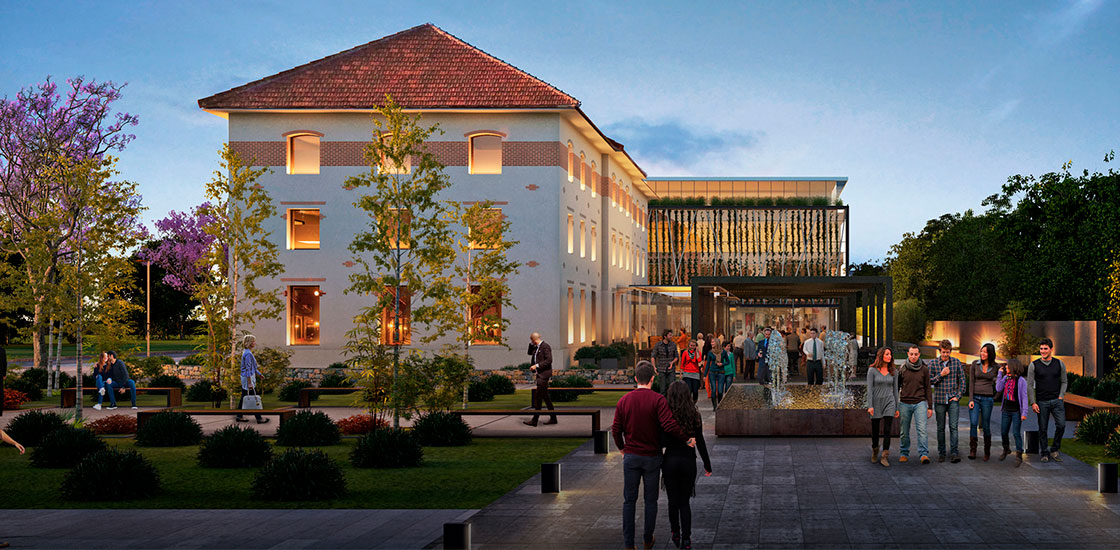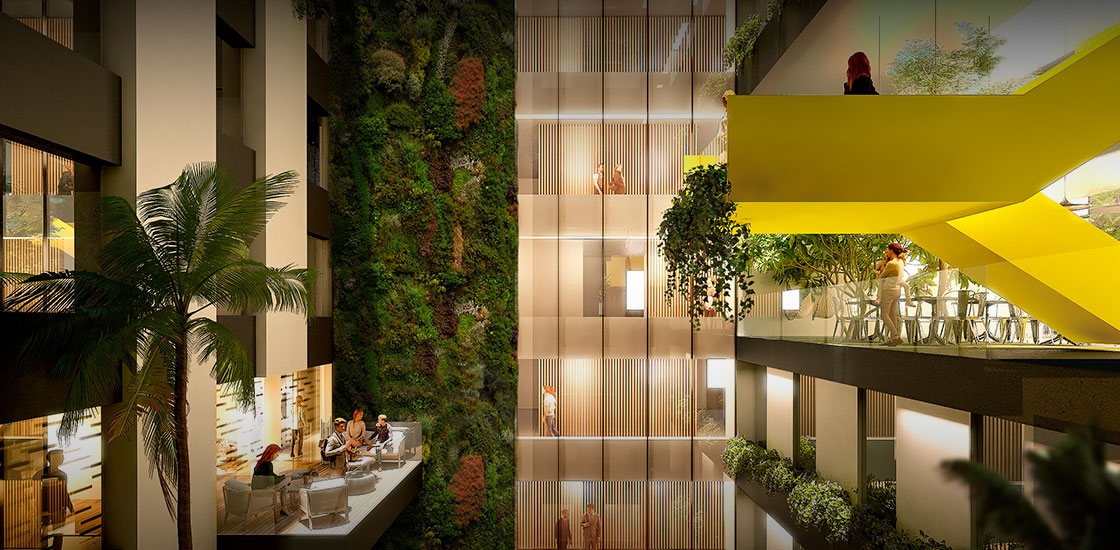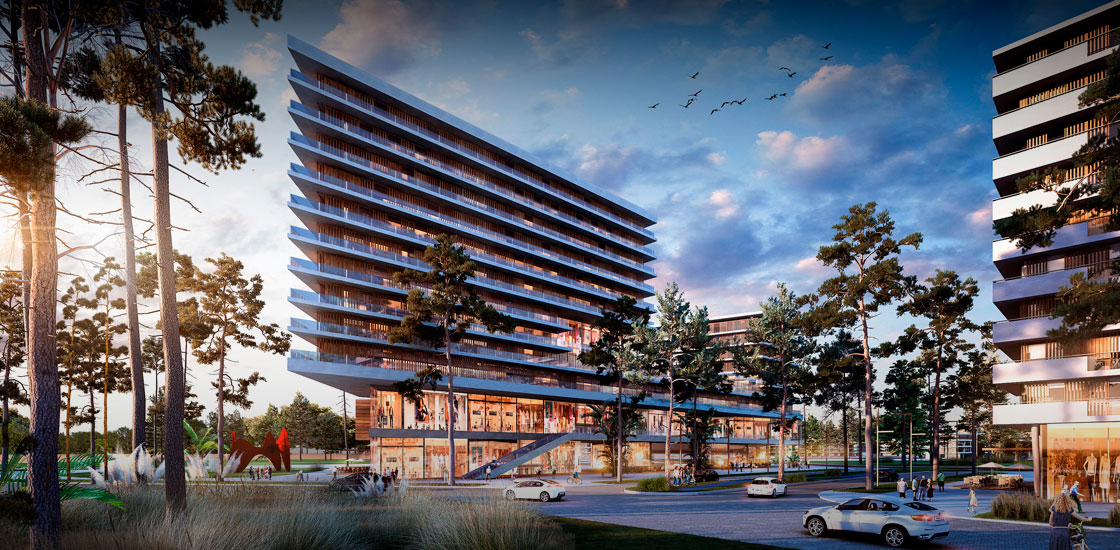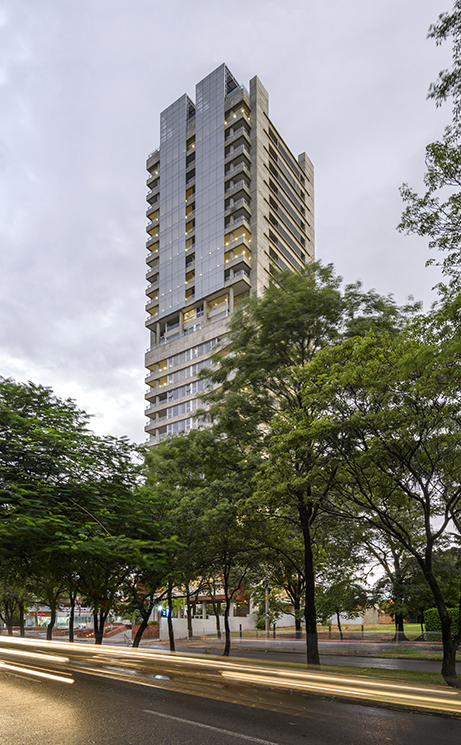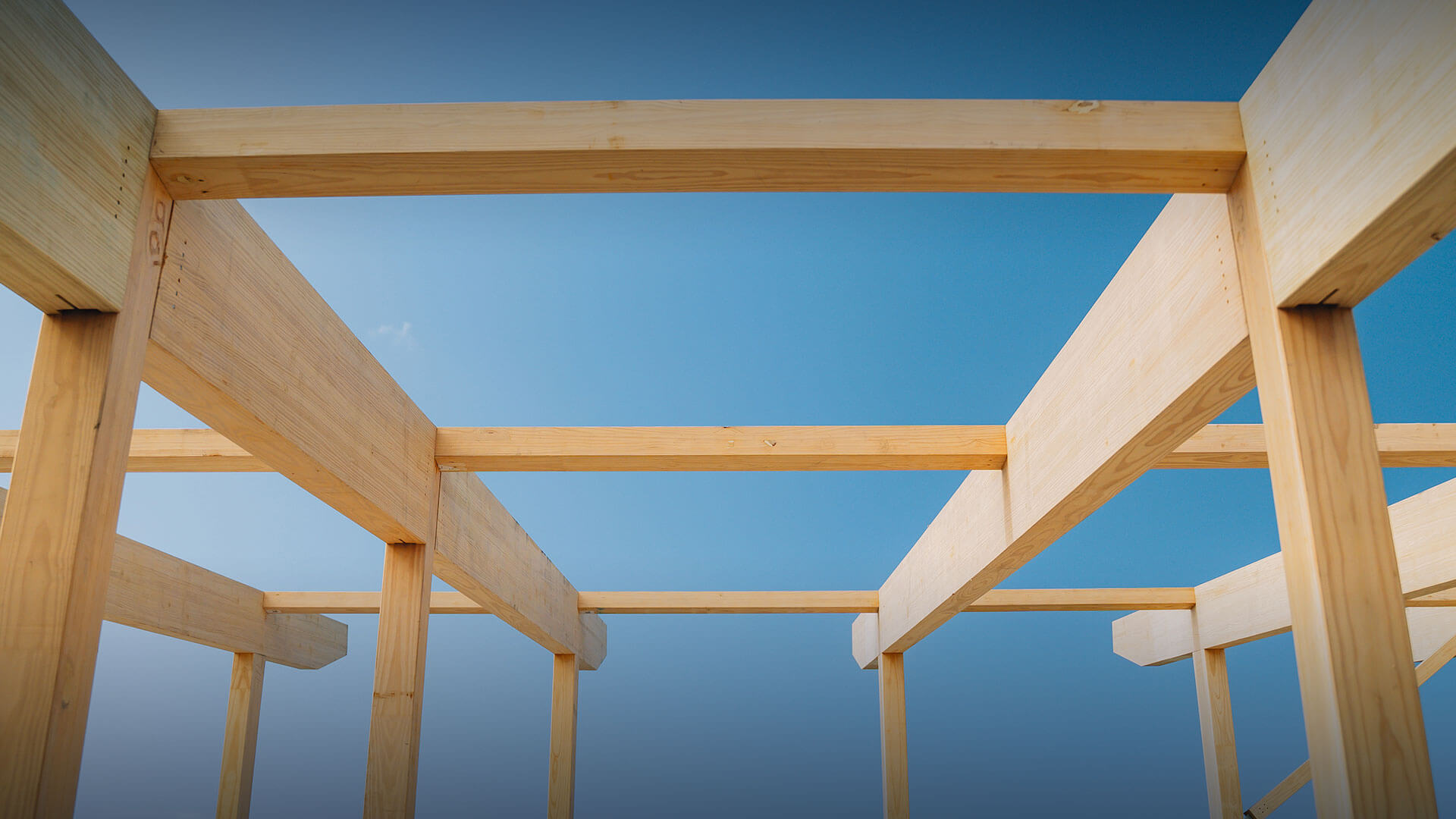

Reading time: 7 minutes.
Mass Timber, composed of laminated solid wood, has gained significant prominence in recent years as a construction material due to its ability to reduce carbon emissions and support large-scale developments. This innovation is redefining the use of wood, positioning it as an efficient, fast, and competitive solution while driving the evolution of sustainable architecture.
Mass Timber buildings can cut carbon emissions by 30% to 60%, with Environmental Product Declarations (EPDs) quantifying these reductions in tons of CO2. Wood also acts as a natural insulator, reducing the need for extra insulation in CLT walls compared to traditional materials. Leading companies like Walmart, Microsoft, and YouTube have adopted this material, highlighting its potential to significantly lower emissions compared to traditional concrete and steel construction. A prime example is YouTube’s headquarters in San Bruno, California, where Mass Timber helped halve the carbon emissions from construction.
In addition to environmental benefits, engineered wood products offer distinct advantages in construction. Their light weight reduces foundation loads, cutting costs and speeding up timelines through prefabrication. Despite its lightness, Mass Timber boasts structural strength comparable to steel and concrete in certain designs. Its versatility enables innovative architectural solutions and hybrid structures, supporting large spans and heights. Furthermore, its fire resistance creates a protective char layer, preserving structural integrity. Excellent thermal and acoustic properties also enhance energy efficiency and indoor comfort.
These benefits extend to superior energy performance, as wood’s natural insulating qualities minimize the need for extra materials and optimize building energy use. This is validated by certifications like EPDs, which guarantee positive environmental impact across the material's life cycle, in line with international standards such as ISO 14025.
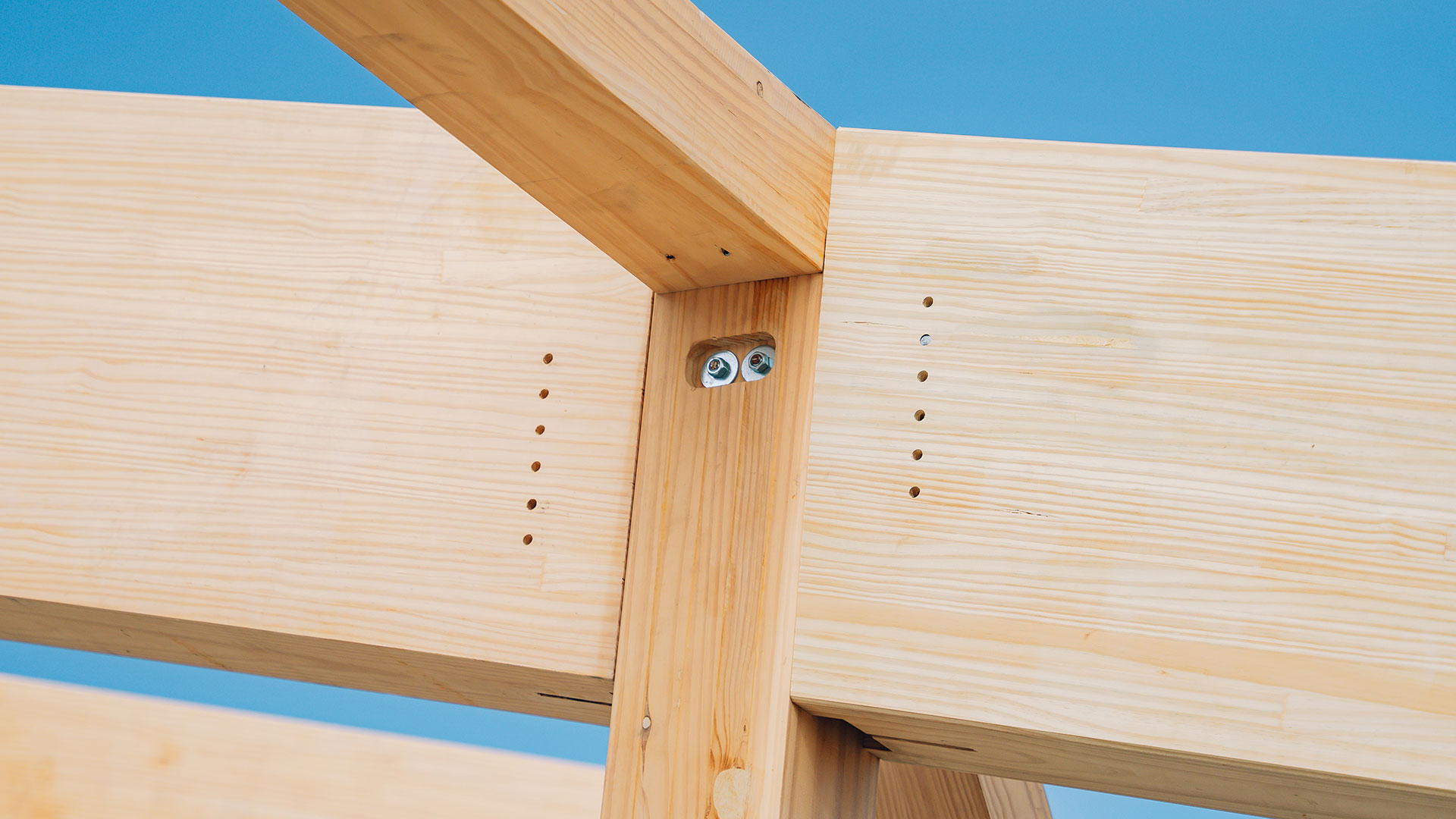
Photography: Arboreal.
Sustainable Construction: From Uruguay to the World
While wood’s role in construction may seem contradictory due to deforestation concerns, forestry offers a sustainable solution. This practice, originating in 18th-century Germany, ensures the controlled replanting of commercial forests, providing a reliable and eco-friendly wood supply. In Brazil, forestry gained momentum in the 1960s to meet rising demand, relieving pressure on native forests.
Uruguay has tapped into this potential, leveraging its forestry industry and prime logistics to establish itself as a key hub for manufacturing and exporting Mass Timber. The Arboreal plant in Tacuarembó, the largest in South America, produces custom CLT panels and GLT beams, supported by a highly specialized engineering team. With adherence to strict international standards, Uruguay is emerging as a regional leader in sustainable construction. Arboreal not only operates under European regulations but is also set to secure U.S. certifications, expanding its commercial reach
.
The Revival of Timber Architecture
Mass Timber is reshaping global architecture, with large-scale projects leading the charge. Landmark developments like the Ascent Tower in Milwaukee and Brock Commons at the University of British Columbia demonstrate how this material supports sustainable skyscrapers.
Timber architecture is gaining momentum, transcending architectural programs. The Club House at Los Olivos, a 79.7-hectare development in Canelones, Uruguay, will be built using Mass Timber. This choice enhances the integration of themed gardens and green spaces, aligning with a vision of harmonious development in sync with nature. Another notable example is the Moorlands educational project, recognized for its environmentally conscious design. The use of Mass Timber not only underscores the commitment to sustainability but also reflects the institution’s educational and environmental values.
Mass Timber’s appeal in educational architecture is driven by four key factors:
- Physiological Benefits: Studies from Japan and Finland show that wood environments reduce cortisol levels, a hormone linked to stress. Participants in wood-filled spaces exhibited significantly lower cortisol compared to those in non-wood environments.
- Warm Perception of Space: Wood interiors create a positive atmosphere, reducing stress and boosting well-being.
- Research-Backed Impact: Austrian studies in classrooms revealed that students in wood-furnished environments felt more relaxed and had lower heart rates compared to those in standard classrooms.
- Biophilia: Humans have an innate connection to nature, and the presence of wood fosters a positive psychological response. This principle is central to biophilic design, a growing trend in architecture.
The surge in interest for industrialized wood construction is driven by technological advances and a heightened focus on sustainability. Today, wood competes with traditional materials on cost, offering added benefits like unique aesthetics, a connection to craftsmanship, and architecture attuned to nature. Uruguay's leadership in Mass Timber production and export is setting a precedent in the region, fostering innovation in sustainable projects that are transforming urban and educational landscapes.

